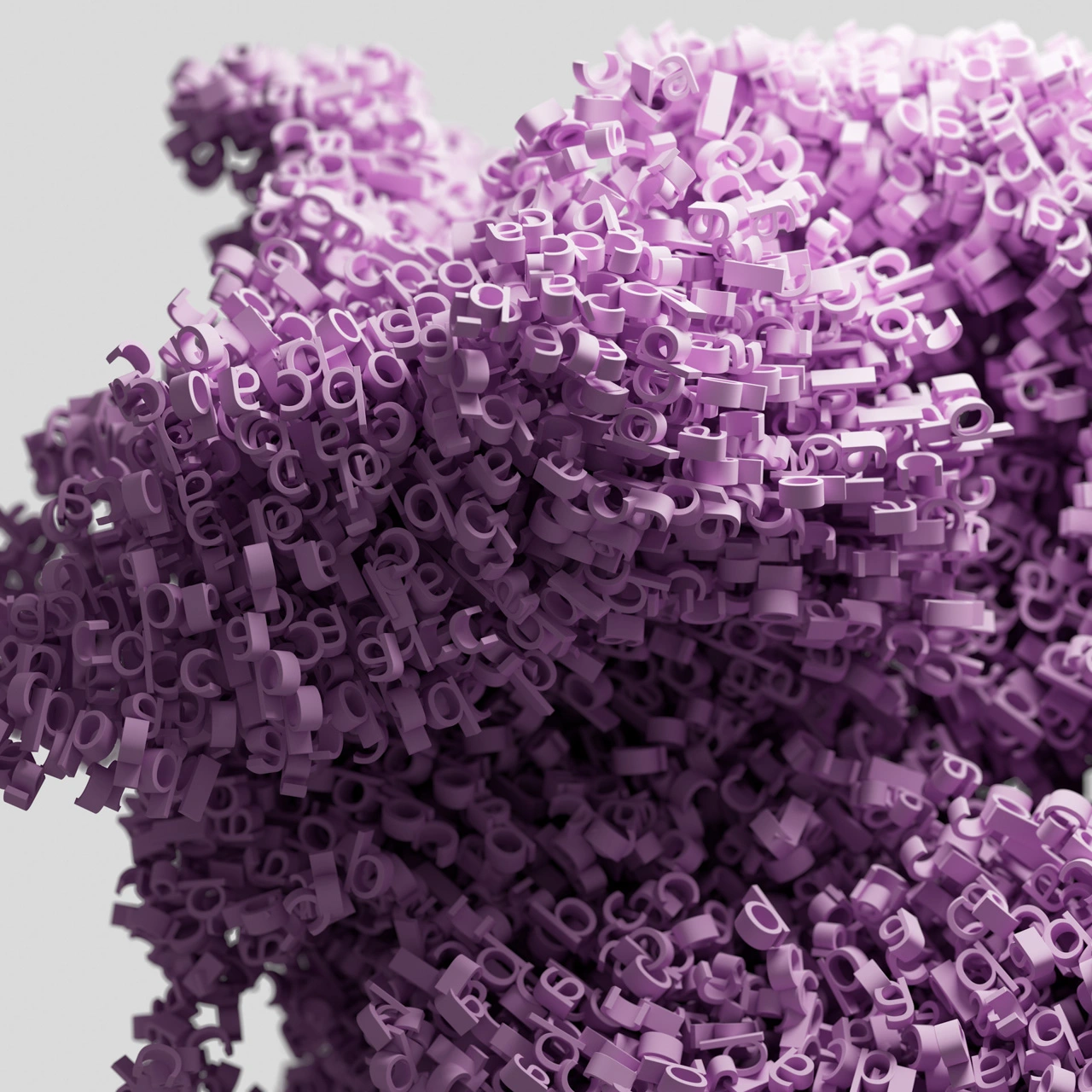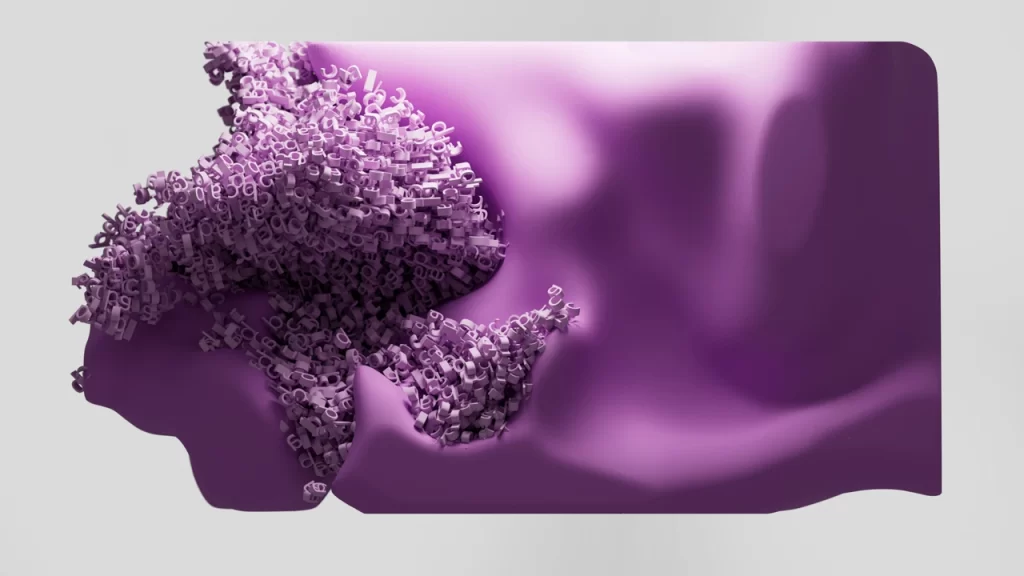How AntiCAD Pushes the Limits of Computational Design for Acoustic Innovations

In today’s rapidly advancing architectural landscape, computational design has become a cornerstone for innovation. AntiCAD, a trailblazer in this field, is redefining how acoustic systems are conceptualized and implemented. By merging art and technology, AntiCAD has developed groundbreaking parametric designs that optimize both form and function. Leveraging tools like Grasshopper Rhino and Rhino 3D, AntiCAD continues to push the boundaries of what is possible, creating adaptable acoustic solutions that resonate with the dynamic needs of modern architecture. Drawing inspiration from visionaries like Elijah Yang, Zaha Hadid, and Arturo Tedeschi, AntiCAD’s innovations have revolutionized acoustic environments across the globe.

The Role of Computational Design in Acoustic Innovations
AntiCAD’s approach to acoustic innovation begins with computational design. By using advanced algorithms and parametric models, the company has transformed how architects and engineers approach complex acoustic challenges. These methods allow for real-time experimentation and iteration, enabling designers to test various configurations before any physical prototypes are created.
One of the core advantages of computational design is the ability to control multiple parameters simultaneously. This includes adjusting the size, shape, and material composition of acoustic panels to achieve specific sound absorption and reflection properties. Tools like Grasshopper Rhino play a critical role by providing a visual programming interface that makes these adjustments seamless. This approach has led to the creation of living facades and kinetic structures that adapt to changing environmental conditions, enhancing both aesthetics and performance.
AntiCAD also prioritizes DFMA (Design for Manufacturing and Assembly), ensuring that complex designs are not only feasible but also efficient to produce. By integrating computational design with DFMA principles, AntiCAD reduces waste and accelerates construction timelines. The use of 3D printing construction materials further enhances customization, allowing architects to bring their most ambitious visions to life.

Key Innovations Driving Acoustic Design
AntiCAD’s commitment to innovation is evident in several key areas. These advancements have set new standards for how acoustic systems are designed and implemented.
Parametric Acoustic Panels
AntiCAD specializes in parametric facade designs that allow for highly customizable acoustic panels. These panels can be configured to meet precise performance criteria, including optimal sound absorption and diffusion. By using computational design, architects can explore countless variations without starting from scratch.
Parametric designs offer significant advantages in large spaces, such as concert halls and auditoriums. By manipulating panel geometry, AntiCAD ensures that sound waves are evenly distributed, creating a balanced acoustic environment. This method has been inspired by pioneers like Zaha Hadid, whose parametric architecture often blurs the line between art and engineering.
Kinetic Structures for Sound Adaptation
One of the most exciting innovations from AntiCAD is its application of kinetic structures in acoustic design. These structures can physically change shape to adapt to varying sound conditions. For example, a kinetic building might feature movable panels that open or close based on real-time noise levels.
This adaptive capability is particularly useful in multi-purpose venues, where acoustic requirements can vary dramatically. AntiCAD’s use of Grasshopper Rhino allows for precise control over these dynamic elements, making it easier to achieve optimal performance.
Integration of Architecture AR
AntiCAD has also embraced architecture augmented reality (AR) as a tool for design visualization. AR enables architects and clients to experience digital acoustic models within physical spaces. This interactive approach helps stakeholders understand how acoustic systems will function before they are built.
By integrating AR, AntiCAD enhances collaboration and reduces the risk of design errors. This technology is particularly valuable for large-scale projects that require extensive coordination among multiple teams.

Advanced Customization Techniques
AntiCAD’s advanced customization techniques provide architects with unparalleled flexibility. These techniques are designed to meet both functional and aesthetic goals, ensuring that acoustic systems are as visually striking as they are effective.
Modular Acoustic Elements
Modularity is a key component of AntiCAD’s design philosophy. By creating modular acoustic elements, designers can easily scale and reconfigure systems to fit different environments. This approach reduces both material waste and installation time.
Material Optimization
AntiCAD prioritizes the use of sustainable, low VOC materials in its designs. Computational simulations help architects select materials that offer the best combination of performance and environmental impact. These materials are often paired with 3D printing construction techniques to enhance design flexibility.
Real-Time Parametric Adjustments
With Grasshopper tutorials, AntiCAD empowers architects to make real-time parametric adjustments during the design process. This capability allows for greater experimentation and creativity, resulting in highly customized solutions that meet specific project needs.
Collaborative Digital Environments
AntiCAD’s use of collaborative digital environments streamlines the design process. By sharing parametric models across teams, architects, engineers, and fabricators can work together more efficiently. This collaborative approach accelerates project timelines and improves overall design quality.

The Future of Acoustic Innovations with AntiCAD
AntiCAD’s dedication to pushing the limits of computational design is reshaping the future of acoustic innovation. By integrating parametric design, kinetic structures, and augmented reality, the company is driving a new era of architectural excellence. Visionaries like Elijah Yang continue to inspire AntiCAD’s work, encouraging a relentless pursuit of creativity and technological advancement.
The company’s emphasis on DFMA and sustainable materials positions it at the forefront of green construction techniques. As architecture evolves to embrace smart building technologies, AntiCAD’s approach will play a pivotal role in shaping adaptive, sustainable environments. The integration of Rhino 3D, Grasshopper Rhino, and other computational tools ensures that these innovations remain accessible to architects worldwide.
Through continued research and collaboration, AntiCAD is redefining how acoustic systems are designed, built, and experienced. This commitment to innovation guarantees that future generations will benefit from spaces that are both acoustically optimized and architecturally inspiring.
References
Wiggins, J. (n.d.). Parametric acoustics. Kennesaw State University Digital Commons. Retrieved from https://digitalcommons.kennesaw.edu/barch_etd/261/
Bork, I., & Lyzwa, F. (2022). Computational design and evaluation of acoustic diffusion panels for the immersive design lab: An acoustic design case study. ResearchGate. Retrieved from https://www.researchgate.net/publication/358106107_Computational_Design_and_Evaluation_of_Acoustic_Diffusion_Panels_for_the_Immersive_Design_Lab_An_acoustic_design_case_study
Veneklasen, P. (2016). Parametric design applications in architectural acoustics: Generation and optimization of reflective surfaces for specific source-receiver combinations. ResearchGate. Retrieved from https://www.researchgate.net/publication/302069717_Parametric_design_applications_in_architectural_acoustics-Generation_and_optimization_of_reflective_surfaces_for_specific_sourcereceiver_combinations
ProsoundWeb. (2021). The case for the parametric method of acoustic treatment. Retrieved from https://www.prosoundweb.com/fresh-perspective-the-case-for-the-parametric-method-of-acoustic-treatment
Rijks, J., & Meesters, J. (2020). Computational design applied to small room acoustics: Creating and evaluating diffusive surface structures. Amsterdam University of Applied Sciences Research Portal. Retrieved from https://research.hva.nl/en/publications/computational-design-applied-to-small-room-acoustics-creating-and
Share